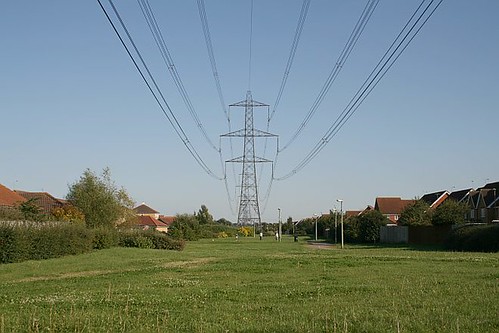First it was reported that a 19-year-old woman, Kathleen Jennings, was appearing in court charged with putting her feet on the seat of a train. Train operator Merseyrail has been running a campaign against this since February, and there are apparently posters all over the trains and stations warning people.
Then this afternoon, it was reported that Jennings had been found guilty, but had not been punished by the court – the magistrates said Merseyrail should find a less draconian method of dealing with it. This seemed reasonable: she was guilty of antisocial behaviour; however, it would have been much better dealt with by an on-the-spot fine.
I would have thought nothing more of the issue if I hadn’t read Miss Jennings’s comment:
Putting my feet on the seat, which I am sure everyone has done in the past, with the cost of it all, probably cost a lot of money.
How dare she assert that “everyone” has put their feet on the seat of a train. For the majority of people, if they have ever done so in the past, it was as a young child, and following a sharp word from their parents, they never did it again. As adults, most people would never dream of putting their feet on the seat.
I can imagine similar words coming from someone who had been fined for dropping litter. They would say “everyone” drops litter occasionally. Again, they are totally wrong. I never drop litter, and can’t understand the mentality of anyone who does. Even if the wind blows my crisp packet out of my hand, I chase after it.
Some people commenting on news site discussion boards have suggested that there are far more serious crimes going on (particularly on Merseyside) that should be given priority. How naive: do they really think that if the rail employee was not working on the trains, he’d be a police officer out on the beat? Of course not. He probably gets paid significantly less than even a Community Support Officer, and if this job wasn’t available, he might be claiming benefits.
By tackling low-level anti-social behaviour, we can make a start on improving society, so that we return to a situation where we don’t need “draconian” penalties and “enforcement officers” on trains as people are considerate enough not to put their feet on seats, smoke or use abusive language that offends other passengers. And we have to be even-handed: you can imagine the uproar from the tabloid press if an “A*” student from a middle-class background was let off, while a young mother on benefits was prosecuted. Anyway, I doubt the sort of young person who was brought up to keep his feet off the upholstery is the type who carries a gun when he rides his bike.
As a footnote (if you’ll excuse the pun), Miss Jennings received an “absolute discharge” from the Magistrates’ Court. Far from being let off, this counts as a criminal conviction, albeit one that becomes “spent” after just six months. According to the Criminal Records Bureau, a person may be required to disclose spent convictions if he or she “wants to apply for a position that involves working with children or working with the elderly…” If she intends to become a teacher, let’s hope no-one asks her for a full disclosure. If they do, I’m sure there will always be jobs going as an “enforcement officer” as an alternative.






 I was quite pleased to see
I was quite pleased to see 